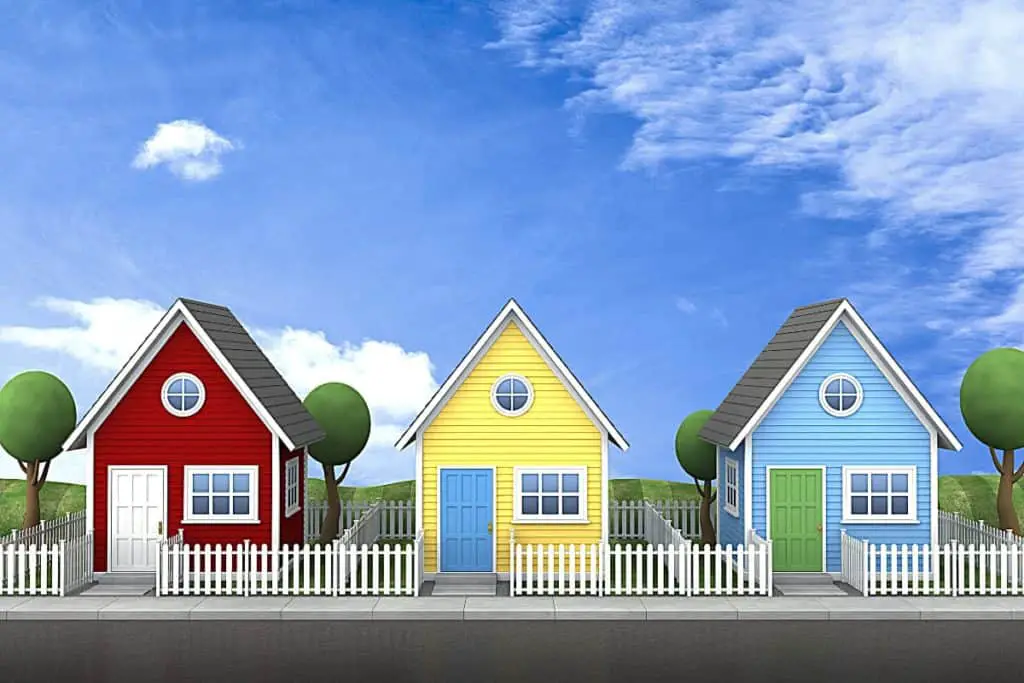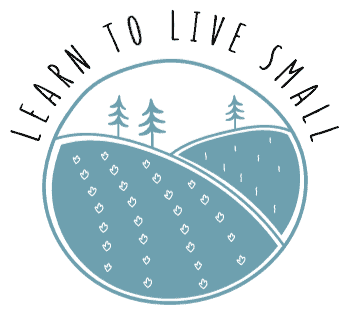Tiny houses have become exceptionally popular. These homes are not your average size, they can be as small as 120 square feet. People are looking to these homes for a number of reasons, including wanting to downsize their living situation and reduce their carbon footprint. However, where to put a tiny home can be complicated. Are there places in the US that allow them?
Tiny Homes on Wheels can be parked in campgrounds and RV parks for varying lengths of time. Tiny homes with more permanent foundations are generally able to be built in rural locations with some locales becoming more tiny house friendly where affordable housing is a struggle.
Before buying a tiny home, consider the zoning rules in the area you might be thinking of placing the home.
No matter how well built or where you decide to put a home, you can run into trouble without knowing the region’s laws and need to understand the housing rules related to a tiny house before investing your hard-earned cash.

Definition of a Tiny Home & Why It Matters
Generally, a home considered a tiny house is under 400 square feet. They tend to be a traditional home but smaller, but tiny homes on wheels also fit in this conversation.
Zoning laws are essential in finding a place to put a tiny home, but in many places, either zoning is not in place for small dwellings or local jurisdictions simply do not permit them on adhoc permit request. If they are allowed, placing one in your chosen location can be a grueling process when ultimately a permit should simply ensure safety standards are met.
Tiny homes on wheels (THOW) tend to fall under motor vehicle rules as a recreational vehicle (RV) meaning federal rules for size when in transit. However, don’t forget that each state has rules on RVs to layer into where you can park your THOW whether intended as a short stay or longer-term one.
Folks living in tiny homes have adapted them into a variety of shapes and sizes. The basic accepted by municipalities is generally a 220 sq ft basic design.
Tiny home owners may choose to build with logs, redesign a shipping container, or build a simple cabin. Whether lakefront, in the woods, or in an urban setting as part of a housing crisis solution, the tiny house movement has many aspects, so as we go through where you can place a tiny home in particular, you will want to keep your specific desires in mind as you consider where your tiny house journey takes you.
We’re going to talk about tiny houses on wheels and tiny homes with more permanent foundations intended to stay in 1 location along with examples that fit within each bucket.
Read more: Difference between tiny home vs an RV
Legal Places to Park a Tiny House on Wheels
If you own tiny house on wheels (THOW), buying land or renting a space for your tiny house is on the table. Examples of tiny houses on wheels are listed:
- Van conversions (van life)
- Bus conversions (Skoolie)
- RV (recreational vehicle)
- Trailers (tiny mobile homes)
Campgrounds are an option, and each campground has different rules as to how long you can park recreational vehicles. Some, such as though at national parks, are meant for more temporary use with limits.
There are also longer term facilities that can sometimes be marketed as tiny house communities specifically willing to accommodate your small house.
RV Parks can be similar to campgrounds in that they will have a variety of time restrictions, but there are plenty of month-to-month RV parks, as well. I have camped in RV parks that also have an attached mobile home park or even tiny homes of their own that they rent out, and these facilities tend to cater to folks that want to be a bit more stationary and stay for longer periods of time.
There are even rental opportunities with individual property owners. You can find advertisements for land to park your THOW sometimes through channels such as AirBnB.com, VRBO.com, Craigslist, and facebook groups.
Legal Places to Put a Tiny House
Tiny houses with a more permanent foundation or at least not on wheels with axles all fit within this bucket. Examples of these structures are:
- Yurt
- Shipping container conversion
- Shed to House
- Shome (shed to home conversion)
- A-frame cabin
If there aren’t wheels on your current or future tiny house, then you’re looking to obtain a piece of property or build in a back yard. Just remember that if you find the right property, it could be worth it to push back against local and state law to build it.
Tiny homes may be frowned upon, but THEY ARE TRADITIONAL HOMES! They just happen to have a smaller footprint. Convincing everyone of that can be an uphill battle, though, in some places.

Can You Place a Tiny House on Your Own Property?
Do you own land or are you interested in buying property for a tiny home? Generally, you are allowed to place a tiny home on a property they own, but regulations for each areas are different.
There isn’t just a blanket YES for whether it is legal. Just know local building codes and associated building permit requirements of the region take precedence, so don’t leave this to chance! Call the local building department BEFORE you start building to understand that area’s tiny house laws.
You will find that rural areas are less likely to have laws or any zoning code that would prevent you from putting a tiny house on your property.
That said, the tiny house movement and a desire for affordable housing in larger cities has encouraged some positive movement in a growing number of cities.
If you are interested in finding land, I have a complete guide on that for you to check out here, but a good starting point to finding a legal place to put your tiny house is to join a tiny house organization. The associations and members are already in the know concerning the various places willing to accommodate the tiny house community.
These groups have even joined together to acquire places just for their members to be able to have a place for their tiny homes!
The first step I recommend in connecting with others is to look into a tiny home Facebook group or the American Tiny House Association. They are the best places for getting help, especially at the national level, but local Facebook groups might be more helpful for a particular area.
Can You Build a Tiny House in Your Back Yard?
Tiny houses in a backyard are also known as Accessory Dwelling Units (ADUs). These are structures that are in addition to a primary residence that already exists on a piece of property. They became more common place in places such as Los Angeles where residents wanted to attract rental income to alleviate housing costs, so local regulations put in rules to accommodate them in a sustainable, safe way.
Tiny homes are generally allowed to be built in a back yard. They are called Accessory Dwelling Units and fall under the standard building requirements of local ordinances for permitting.
If the city you are in doesn’t have specific regulations for ADUs, the first step would be to work with city officials as this is much more common place now. You just have to get the ball rolling & bring it to the right person’s attention.
Read more: Tiny house vs a shed
Best States for Tiny Houses:
Leading the way for the most acceptable places for the tiny home are Maine and Texas. However, California, North Carolina, and Oregon, and Colorado are high on the list. In some states, legality is questionable since regulations are not clear and zoning problems still exist.
While this rule of thumb is a bit all over the place, I’d be much more likely to approach any locale that has minimal regulations, wrestles with high housing costs, or progressive with their laws and regulations. No, I don’t think that place exists all rolled up in a neat package, but there those top states tend to fit into one of those categories.
Need Help Finding a Spot for Your Tiny Lifestyle?
Overall, owning a large plot of land is the best means for permanently parking or building a tiny house. I don’t advocate for outright skirting the laws & hoping you don’t get caught because that can be costly.
However, there are those that believe that having friendly relationships with your neighbors helps minimize issues for you since some areas really only investigate if someone complains. Another avenue to pursue is to get involved in local government to make tiny homes more accessible within the area.
Also, keep in mind large networks of tiny house owners are out there for reference. Hello, Facebook!
If you like the idea of having more time to spend on the things you enjoy and perhaps keeping more of your money, a no tiny home is the answer. These homes can provide an avenue for paying off debtors since expenditures are usually low.
Maybe, being unencumbered by tons of possessions makes a tiny house precisely what you need!
Read more: Is it cheaper to build or buy a tiny house?
